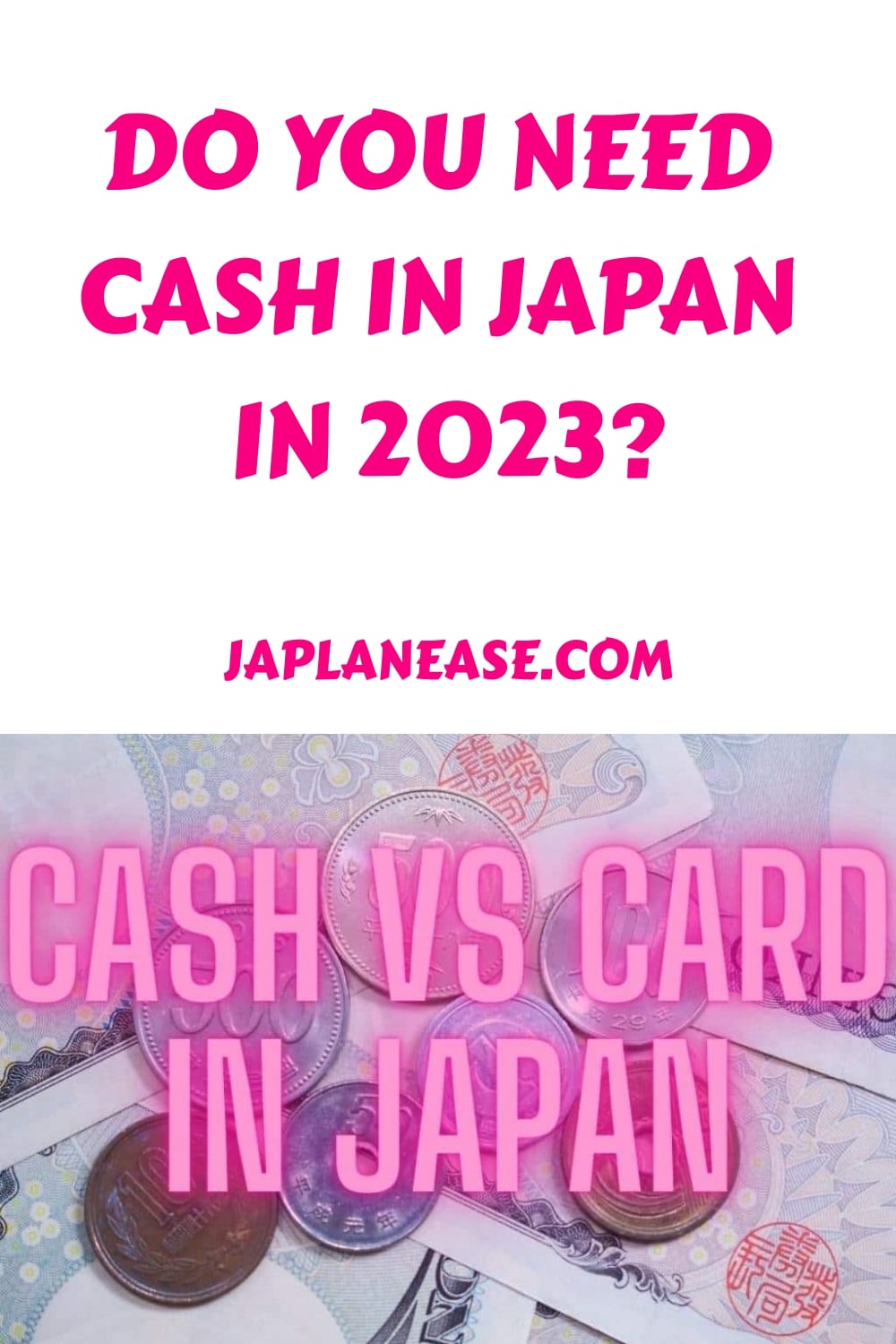- This Tokyo Izakaya Just Got Named One of the Best in the World - 1 May 2024
- How To Get Between Narita and Haneda - 30 April 2024
- How to Get from Haneda Airport to Kyoto - 26 April 2024
It’s often said that cash is king in Japan, which surprises many people as it has a reputation for being a technologically advanced country. The last time I visited in 2019, this was still definitely the case, but what about now? Do you need to carry a wallet full of yen, or can you get away with paying with your credit cards or even Apple Pay? We decided to find out on this trip…

Article by Helen Foster. Disclosure: Some links in this post are affiliate links. See our Affiliate Disclosure.
Quick Summary
- Cards are now more commonly used in Japan, especially IC cards like Suica or Pasmo.
- You can’t give up cash entirely, as some places still don’t take cards.
- You’ll need cash at shrines, some 100 yen shops, and smaller restaurants.
- You can use cards at most hotels, bigger shops, and theme parks.
- Read on for more advice on cash vs card and other tips like how to get cash in Japan – because it’s not from the bank ATM.
What I Discovered on This Trip
Admittedly, I’m not the best person to test this – I like cash, particularly on holiday. I like knowing how much from my budget I spend each day so let’s introduce our case study… Mr Japlanease (that’s him below), a man who has not carried cash – or even a card – since 2020. He uses his Apple Watch for everything.
He was certain that the same would happen in the land of robots and shiny neon… but to cut a short story even shorter, by day two, he was lining up at the 7-11 ATM, bank card in hand, to get some yen.
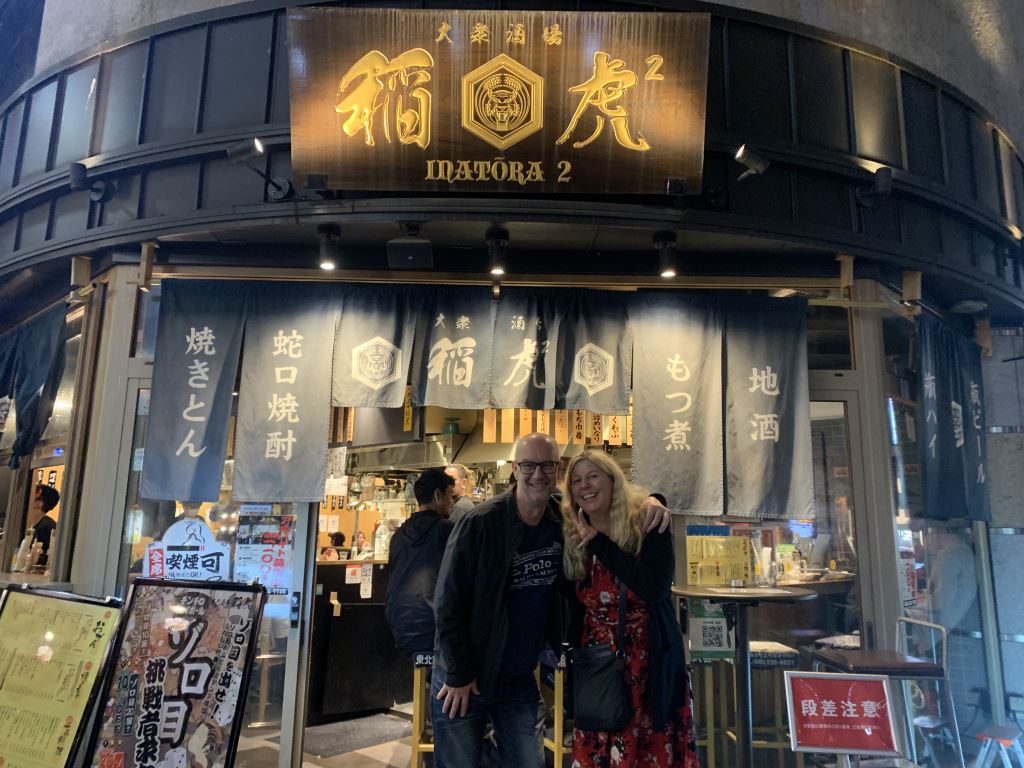
This might surprise those who have read tips in Japanese planning groups from people living in Japan saying they never carry cash and only ever use their cards.
And it’s true, many more places do take cards or electronic money now than they used to, but in some places, you might only find local brands like LinePay or PayPay that the average tourist is unlikely to have as you need a Japanese phone number to use them.
For example, one day, I watched a tourist trying to pay at a ticket machine in a cheap restaurant we were in.
She found the card reader and tried her Wise Card (a card that lets you pay in Japanese yen). She tried her Suica card (best known as a transport card, this can also be loaded with cash and used in many shops… more on that in a minute), but neither worked, and she had no cash on her, so she headed off in search of somewhere else to get her katsu curry.
Another reason why the advice might get confusing is that there are some places or things that people living in Japan might not be doing, but tourists will, that do need cash, like visiting temples and shrines.
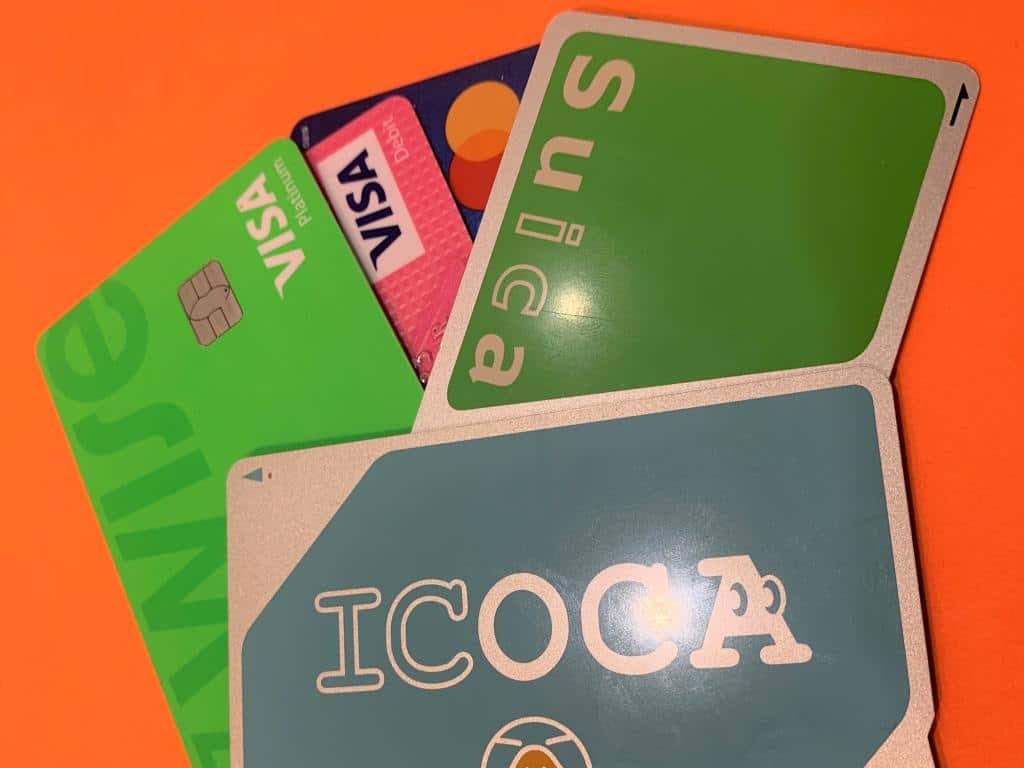
Don’t get me wrong; it doesn’t mean you have to walk around with pockets bulging with cash – especially if you use the option of a loaded Suica or other IC card – which was how Mr Japlanease mostly paid for everything in the end – it just means it’s a good idea to have some cash with you at all times in case your card won’t work.
Oh, and if you don’t know what a Suica or IC card is, don’t worry there’s an explanation coming shortly, as you’re going to want to use them.
So, after a month in Japan as a tourist, here’s where we found that you’re likely to need cash in 2023 and where you’ll be okay to use at least some type, of card.
Where Does Accept Credit Cards?
Whether it’s to save you carrying cash in Tokyo, Kyoto, or wherever else you travel, or because you’re hoping to pay off some of your Japan trip when you get back, chances are at some point, you might be hoping to add some purchases direct to your credit card on your trip – here’s where that’s very unlikely to be a problem.
Hotels
Unless you stay somewhere very small and rural, you’ll likely be able to pay your hotel bill with a credit card.
However, the Citadines Namba I stayed in in Osaka asked me to pay cash when I booked my luggage transport service, so I had to have some handy for that.
Most Japanese people don’t carry their bags when they are going on holiday, they use what’s known as Tak-q-bin – which is a service that transports your luggage from one hotel to the next – and it can change your Japan trip! See more in our guide to using Japan’s brilliant luggage transport system.
Theme Parks and Most Attractions
I paid for everything at Tokyo Disney and Universal Studios with my Wise Card (a payment card that allows you to pay with yen), and other major credit cards were widely accepted.
Smaller touristy attractions also allowed payment by card – except possibly Spa World in Osaka where you entered via a ticket machine and where I didn’t see an obvious card option. It doesn’t mean there wasn’t one (I was VERY tired that day), but I didn’t see it.
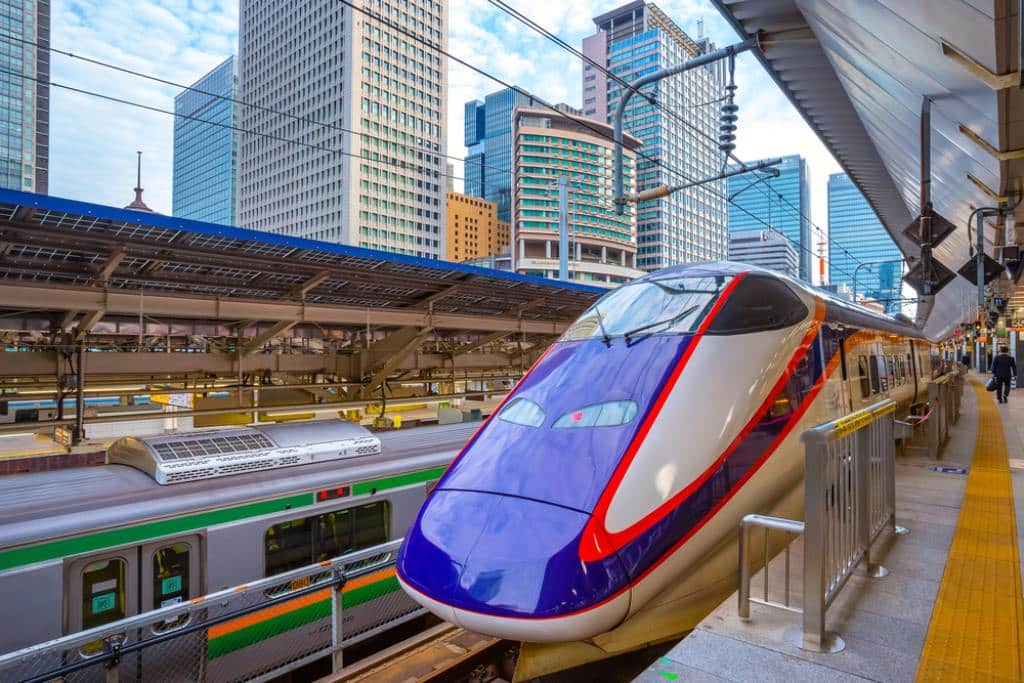
Shinkansen Tickets
If you haven’t bought a Japan Rail Pass, you can use a credit card to pay for Shinkansen tickets at a JR Ticket Office or ticket machine or, in advance, on the Smart Ex App.
You cannot get on a Shinkansen with a loaded IC card. You have to go to the ticket office and buy a ticket – you can pay for this with cash on a Suica (although tickets are expensive, so, you might not have enough on the card to do that), but you can’t just tap into the gate.
Convenience Stores
You can use cash, most credit cards, or a loaded IC card to pay for your egg sandwiches (or anything else you buy) at convenience stores like 7-11, Lawson, or Family Mart.
Watch out at Daiso (and some other cheap shops), though, as they did want cash.
Larger Restaurants or More Expensive Restaurants.
These will usually take credit cards – or loaded IC cards.
Boozehounds note that Hub, Ginza Lion and Asahi Beer Halls were also all happy to unload Mr Japlanease of his beer money via his Suica!
Where You Will Likely Need Cash
The appeal of Japan is that old sits next to new, and that’s pretty much what happens when it comes to using cash versus card – the smaller, or older and more traditional, an establishment, the less likely they are to take (foreign) cards or electronic payments.
So, it’s a good idea to have some cash ready for…

Loading Your IC Card
As we said, you can get away with carrying less cash if you put money on a local IC card like Suica, Pasmo, or Icoca (the names vary, but they’re all pretty much the same thing). However, here’s the funny thing…
If you have a physical plastic card for these, you will need to use cash to top this up at stations. You can’t top up a physical IC card with another card.
You can add a Suica to your iPhone or watch, though, and top that up digitally with a credit card. Find simple instructions in our guide to adding a digital IC card to your phone.
Local Transport.
Buses in Tokyo, Kyoto, and Nagoya will require you to either pay in cash or use a loaded IC card like Suica, Pasmo, or Icoca.
I did find that my Suica didn’t work on some buses in Kyoto, though, so have some cash at hand if you’re using these, just in case.
Shrines and Temples.
Some of these have small entrance fees, and smaller ones won’t take cards for entry.
You’ll also need cash if you want to buy anything at the shrine, like amulets, fortunes, or, the pretty calligraphy drawings called goshuin.
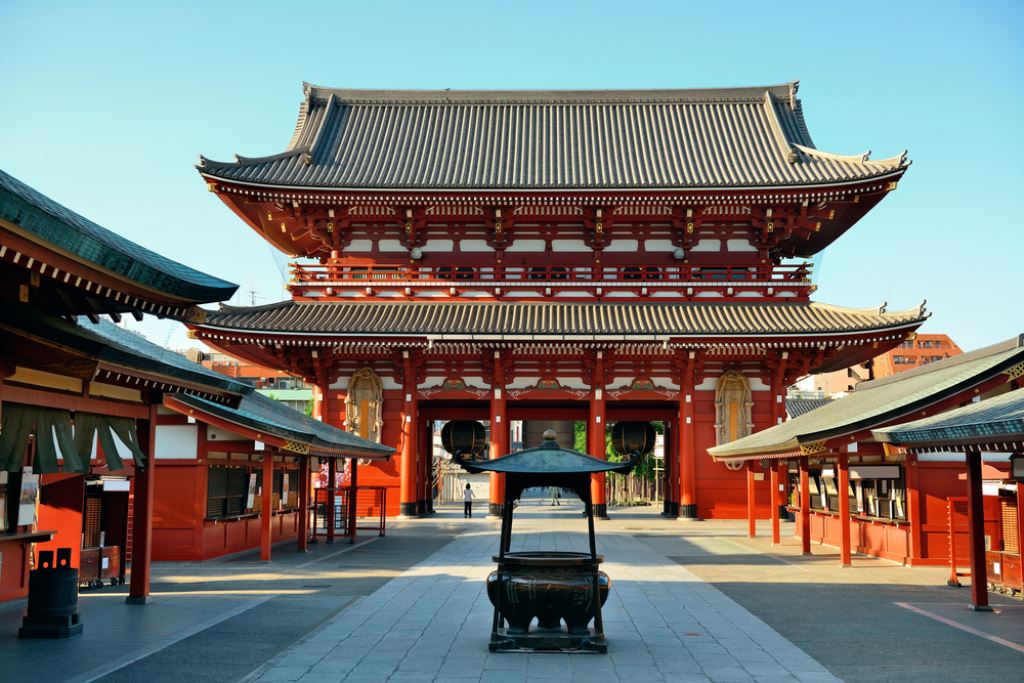
Small Bars and Restaurants.
One night, we walked into a standing bar in Ueno, the only tourist faces there. They looked a bit panicked and asked if we spoke Japanese.
I can speak enough to order food and have a pigeon conversation, but my comprehension is limited, to say the least – thankfully, the guy standing next to us knew what they wanted to say.
The bar was cash only, and you paid when they delivered your drink.
Once we understood that, the drinks were happily dispensed and a great night was had by all!
Our favorite karaoke bar in Osaka, Kama Sutra (a must-stop btw), is also cash-based.
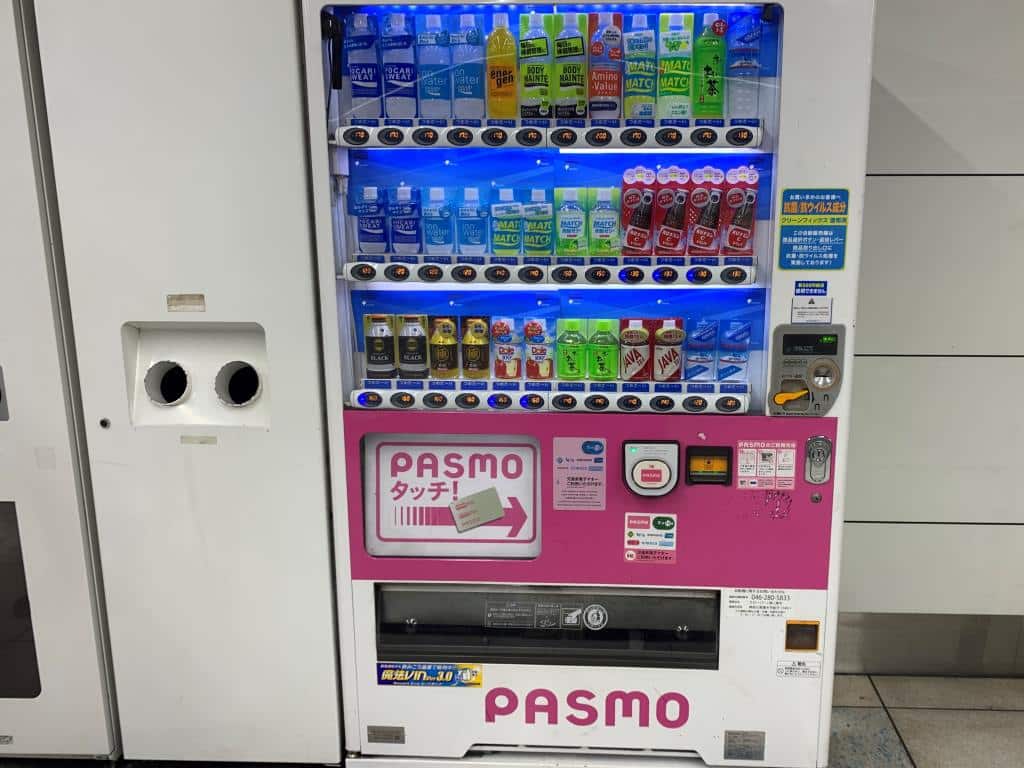
Ticket Machine Restaurants & Vending Machines
These vary a bit; many do have the facility for electronic payment, but, as I said, it might only be local forms, not international credit cards.
If you see a sign that says IC, you can use a loaded Suica/Pasmo/ICOCA.
The same applies for vending machines. They all take cash, but many allow you to pay with a loaded IC card – just look for the tap pads like the one in the picture below.
If you’re a bit intimidated about buying from a ticket machine restaurant, guide on check out our how to order from a restaurant ticket machine – including the button to press that will get the most popular dish in the house.
Gachapon Machines
Another fun thing to collect, these sets of tiny capsule toys also need you to have cash – and lots of it as they get a bit addictive. If you have no idea what a gachapon is, take a look at our gachapon guide.
Where to Get Cash in Japan
A quick detour into this as it’s another thing that confuses people. ATMs at Japanese banks don’t play well with foreign cards, so if you do want to get cash, use ATMs at the airport – or go to the ones inside the convenience stores like 7-11, Lawson, or Family Mart.
On my first trip, I really wasn’t happy about this idea and was sure it was a big scam, but I can promise you it’s safe and you will get your money!
The IC Card – A Happy Compromise
You’ll see a phrase repeated a lot in this post – loaded IC card – and this can be the happy compromise that tourist cash-phobes need.
IC stands for Integrated Circuit (don’t ask me to explain that), but it’s basically a card that you load with funds and then tap to pay for things.
You might come across three main ones in Japan – Suica and Pasmo are sold in Tokyo, and ICOCA is sold in Kyoto and Osaka (although you can use all three of them in the other cities). There are others, but let’s keep things simple.
While most tourists buy them as a handy way to get onto trains without having to buy lots of individual tickets, you can also use them on most buses and pay for things in many shops and restaurants and some vending/ticket machines.

You can either pick up a physical plastic card (like the two above) and load that with cash at stations or get a digital Suica by adding the card to your Apple or Google Play wallet and tapping it like you do any other electronic payment.
MrJaplanease went a step further and added his Suica to his Apple Wallet and then put it on his Apple Watch.
He loaded it with cash and basically used his watch whenever he could, keeping a small amount of cash for places when he couldn’t use that either.
We also learned that if we couldn’t see an obvious payment place, asking ‘IC Cardo?’ would either get a clear no – or a point to where he needed to swipe. And it got better results than just asking, ‘Suica?’
I am a cash person, but, at one point, I even added a digital Suica to my phone as I found it easier to top up on the move.
If this sounds like a good plan, the full instructions are here.
Also, right now, you can’t sign up on an Android phone unless it is a Japanese phone, and you can only fill a digital Suica with a Mastercard or AMEX. For reasons unknown, you can’t use Visa to top up a digital Suica in Japan – we both tried. It doesn’t happen.
Before we sign off, though, here’s a quick warning.
Watch for a Bad Suica Swipe!
Even if you do decide to go all in on the IC cards, have an emergency cash stash somewhere – and the reason is what we’ll refer to as the Bad Suica Swipe, which happens if you’re also using the card as a transport card!
Sometimes, if you’re changing from subway lines to a Shinkansen line, or if you get on a station with platforms with specific entrances (and you go in the wrong one and have to be let out by the staff, cough, cough), you’ll swipe your Suica card in – but not out.
This confuses the system so the next time you go and use it, it’ll be locked and won’t work. Depending on where the lock occurred, you might have to go to a different station to unlock it, but you can’t travel on it at that point which could see you a bit stuck!
This happened to me in Nagoya – I got there after changing from the subway in Tokyo to get on the Shinagawa Shinkansen line. Because of the way the gates were set up, I didn’t swipe out with our IC card, just entered the shinkansen with our JR Pass, so, when I got to Nagoya and went to get on a subway train, the gates blocked me.
But, because the block was with JR lines, I had to go all the way back to the main station to clear our card. If I hadn’t had any cash on me, that would have been even more annoying than it was!
I quickly learned to swipe out with the Suica and then put my JR Pass through the same gate – but that’s advice for another post.
Any Questions?
So, there’s our 2023 experience of using cash vs cards in Japan – we visited Tokyo, Kyoto, Osaka, and Sendai, so it’s probably fairly representative of what you’ll find on your trip, too – but did I miss anything?
Did you find any other places that wouldn’t let you pay with your card or that you were surprised would let you put things on a card?
If so, post a comment at our Facebook group so other people are aware of it. Or, if you’ve got any questions on cash vs card in Tokyo or anywhere else in Japan, feel free to ask them over there – I’m trying to keep it a super-friendly group so no-one is going to think you’re daft for asking.

Who Writes This Blog?
My name is Helen Foster, and I’m a journalist and author. My travel articles have appeared in publications including The Australian, RAC Horizons, Jetstar Magazine, Sainsbury’s Magazine, and more.
I’ve traveled to Japan five times before- solo and with my partner – and I’ve just returned from trip six in June 2023. So, everything here is pretty up to date.
